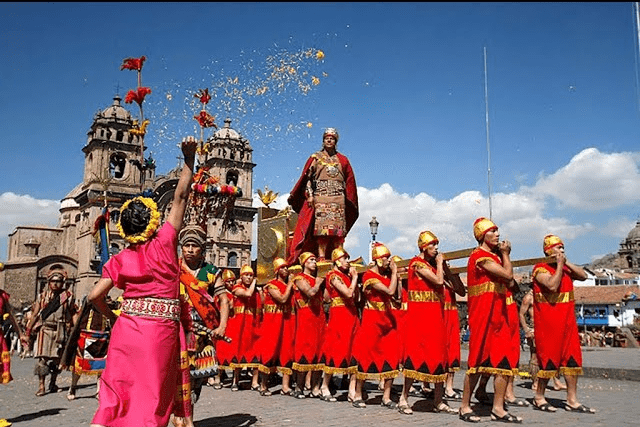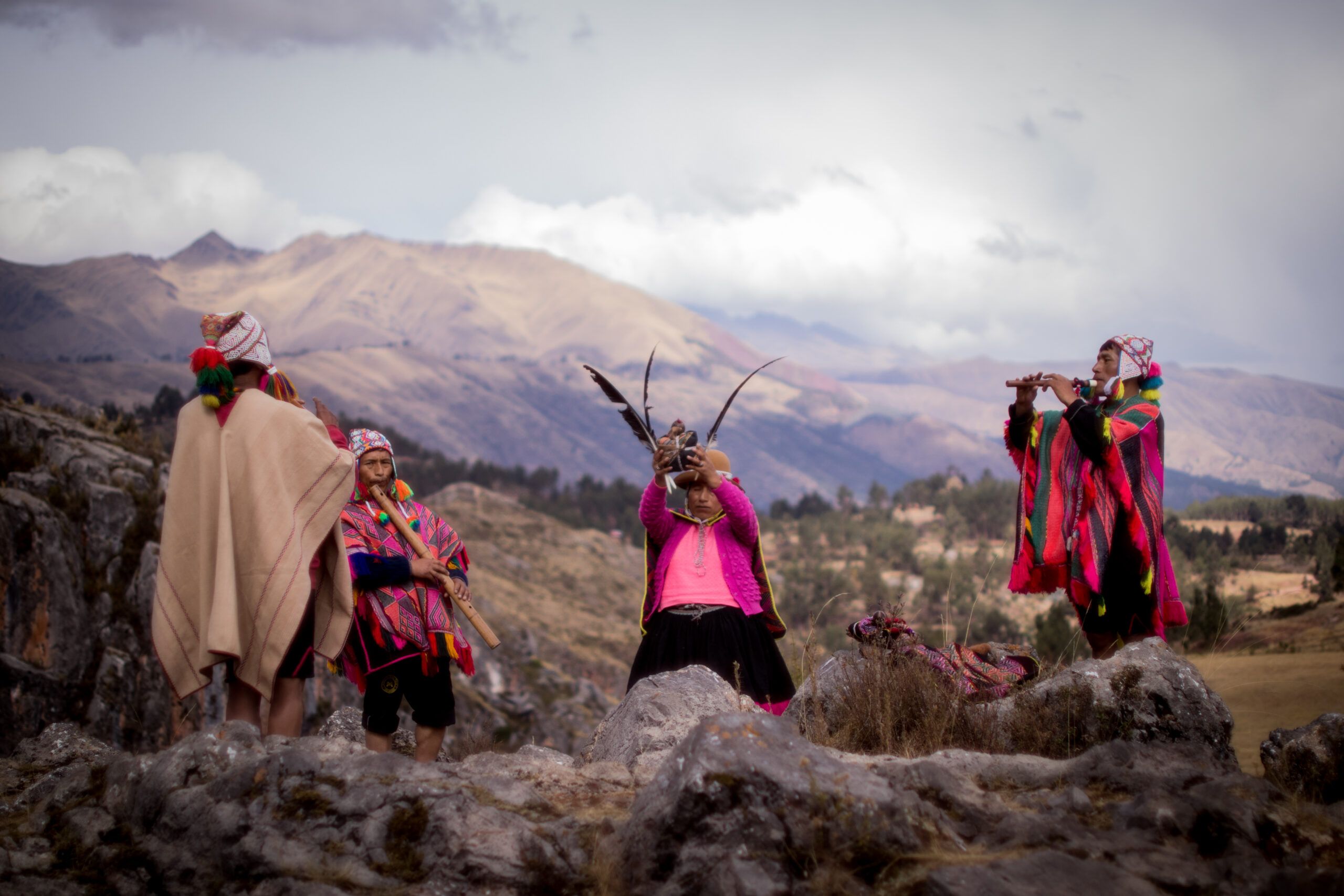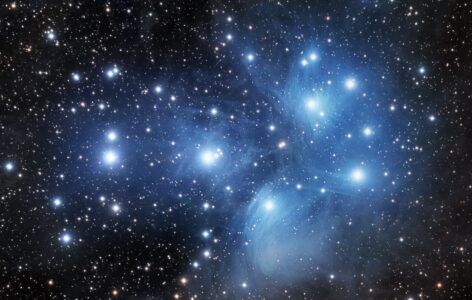“Father Sun, my Father,” the Inca shouts during the Inti Raymi ceremony, honoring Inti, the Sun God.
The sun’s radiance has fascinated cultures worldwide, illuminating days and symbolizing divinity across epochs.
Father Sun, revered as the source of all wealth and the ruler of the heavens, plants, and the universe, occupies a central place in the Inca pantheon.
As the sun god, Inti was closely linked to agriculture, providing the essential light and warmth for crop growth.
In this blog, we will explore Inti’s significance, his influence on Inca society, and his enduring legacy.
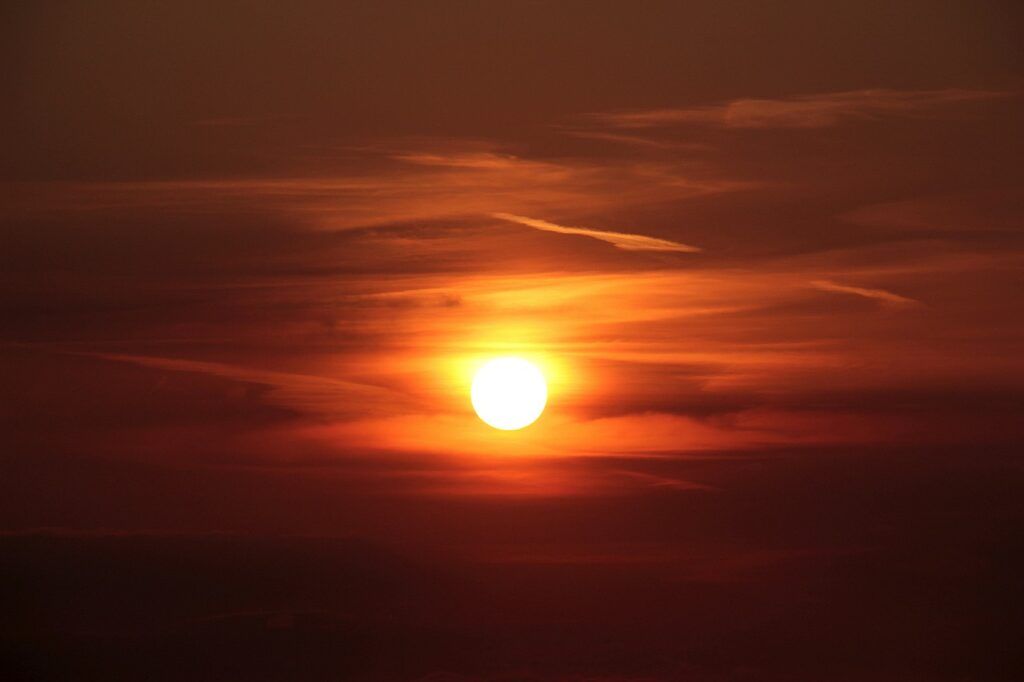
Who Was Inti Father Sun?
Inti was believed to be the son of Wiracocha, the creator deity, and Mama Cocha, the goddess of the sea.
According to Inca legends, Inti had two sisters: Pachamama, goddess of the earth, and Mama Killa, goddess of the moon.
Mama Killa was considered Inti’s wife in some versions of the myth. Father sun’s influence on Inca life was profound, as he controlled agricultural activities crucial for their survival.
While generally benevolent, Inti could show his displeasure through solar eclipses, necessitating sacrifices to restore his favor.
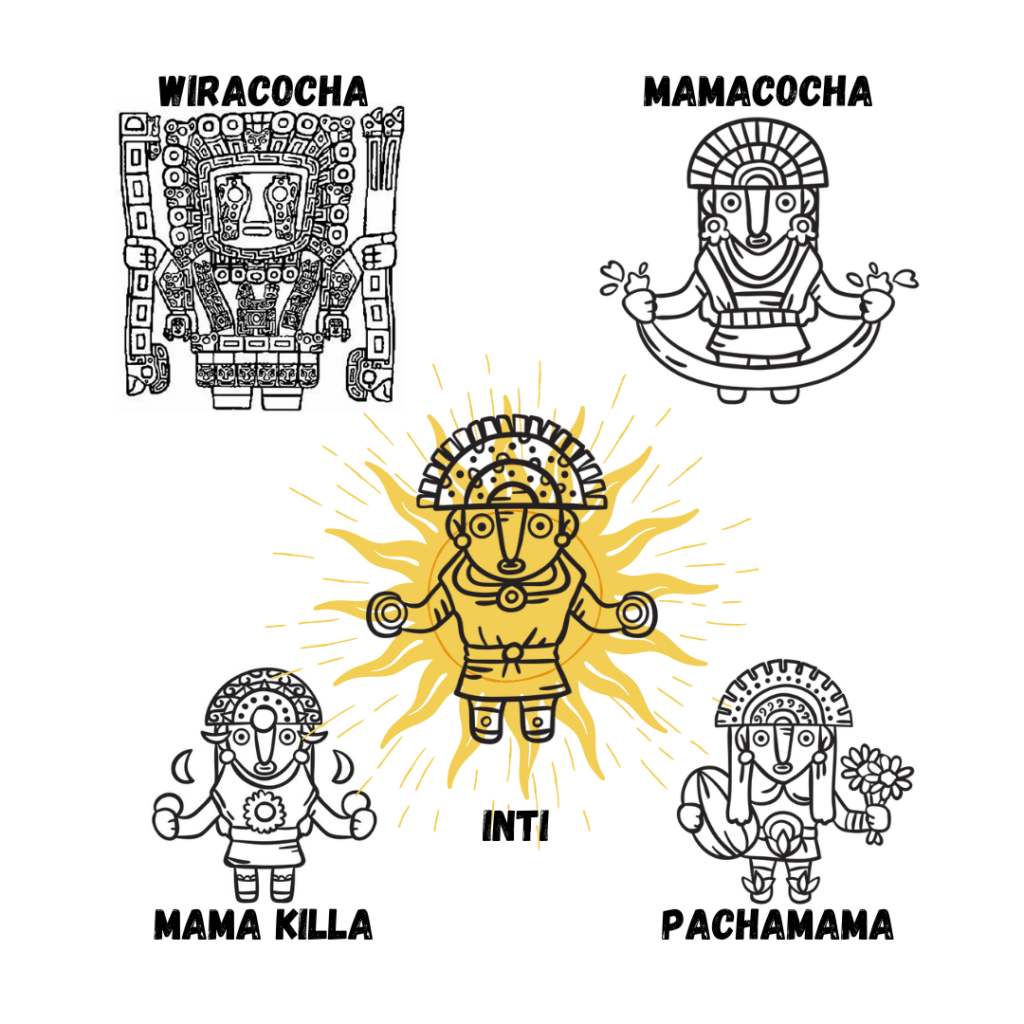
Inti in the Sky: Astronomical Basis and Iconography
The Incas, residing in regions like the Sacred Valley, were keen observers of the sky.
The sun’s movements dictated their calendar and agricultural practices, making Inti a guiding celestial force.
For example, Machu Picchu’s structures align with specific solar patterns, reflecting the Incas’ sophisticated understanding of the sun’s path.
Solar observations influenced Inti’s iconography, which commonly featured a golden disk with a human face.

Gold, associated with Father Sun due to its brilliant sheen, symbolized the “sweat of the sun.”
Inti is often depicted alongside the crescent moon, representing balance and harmony between day and night, male and female. This duality underscored the astronomical observations embedded in Inca culture.
This divine lineage allowed them to rule with unquestionable authority. Inti’s celestial presence was felt throughout the empire, from Cusco’s sacred sites to Machu Picchu’s high terraces.

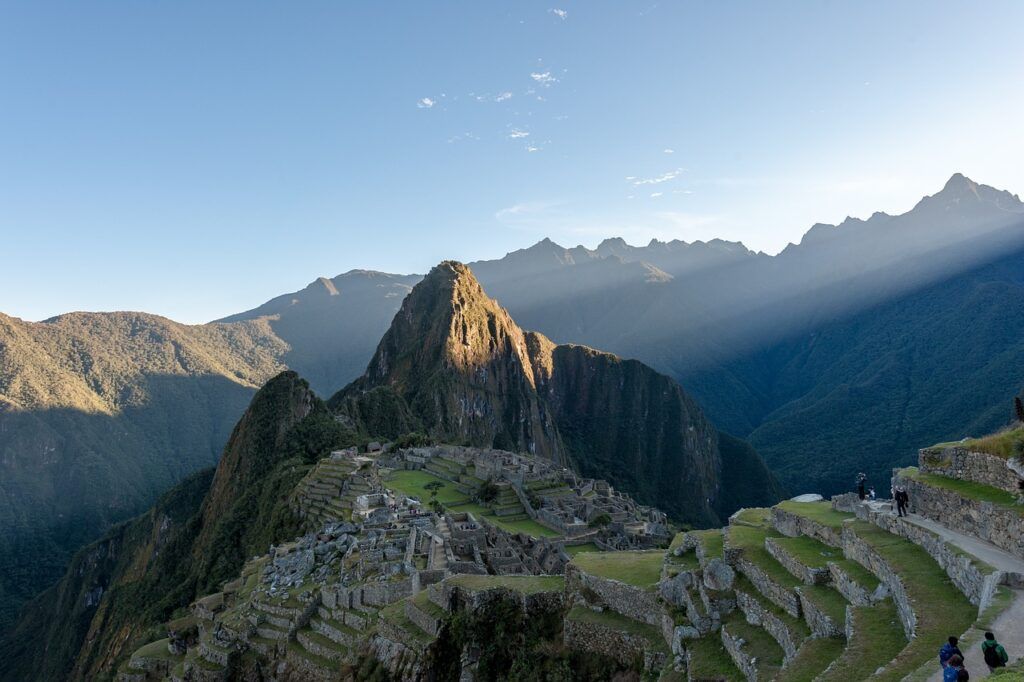

His role illuminated both the physical and spiritual realms of Inca life.
Inti on Earth: Social and Cultural Impact
Inti’s influence extended beyond the celestial sphere into the social and cultural fabric of the Inca Empire.
It played a crucial role in agriculture. As the giver of warmth and light, he controlled crop growth and harvests.
This celebration highlighted the sun’s importance in sustaining the Inca way of life.
The temple’s walls of Qoricancha were once lined with gold, symbolizing the sun’s radiance.
Ritual offerings to Father Sun, including gold and silver figurines, were common, aiming to maintain harmony and receive his blessings.

Artistic depictions of Inti, found on pottery, textiles, and architectural designs, further illustrate his cultural significance.
His imagery adorned royal clothing and was a testament to the intertwined nature of religion and daily life in Inca society.
Inti Raymi
The Inti Raymi festival, held annually during the winter solstice, honored Father Sun and marked the start of the agricultural season.
This major Inca event continues today, drawing thousands of locals and tourists and showcasing the enduring veneration of Father Sun.
The festival begins before dawn with a solemn procession in Cusco’s main square to celebrate the rising sun.

The Inca offers chicha to Father Sun and rekindles sacred fires at the Coricancha, accompanied by dances and sacrifices of grain, flowers, and animals.
Celebrated in June, the festival involves animal sacrifices, including white llamas, and remains a vibrant tradition across the Andean region. Visiting Machu Picchu after the festival is highly recommended for a complete experience.
Modern Celebrations and Alternatives
During Inti Raymi, Cusco’s center is closed to regular traffic, with only tourist vehicles allowed to transport visitors.
If you can’t attend on June 24, you can still experience Inca culture through folk dances and traditional performances in Plaza de Armas during the two weeks leading up to the festival.
